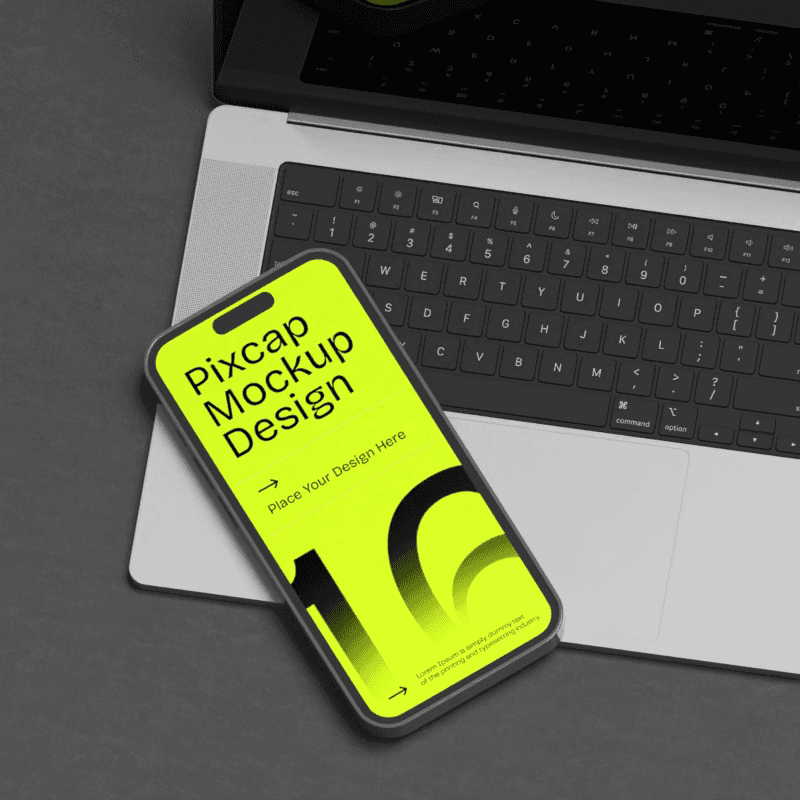We use shapes in our daily lives, such as circles for wheels, squares for boxes, and triangles for signs. Our brains have learned to associate certain emotions or meanings with different shapes based on their regular use. As a result, shapes play a significant role in design and can evoke specific psychological responses from viewers.
In this guide, we will explore the psychology of shapes in design and how designers can use them to create impactful designs that resonate with their audience.
Psychology of Shapes
Psychology of shape theory is the study of how shapes can affect our emotions, thoughts, and behavior.
This psychological aspect is rooted in the idea that our brains are hardwired to recognize patterns and associations from the visual stimuli we encounter throughout our lives. As a result, certain shapes can trigger specific emotions, thoughts, or actions, which is why they are so powerful in design.
Our interactions with shapes start from a very young age. For instance, infants begin recognizing basic shapes such as circles and squares, and over time, they develop associations with these forms. Through continuous exposure and cultural context, these associations become more deeply ingrained and can elicit predictable reactions. For example, research in cognitive psychology has shown that human beings tend to associate rounded shapes with softer, more comforting emotions, whereas angular shapes can evoke feelings of tension or excitement.
Research conducted by the Gestalt psychologists further supports this concept. The Gestalt principles of visual perception highlight how we naturally group similar elements, recognize patterns, and prefer simplicity and symmetry. These principles include concepts such as "closure," where our brain fills in the gaps to perceive a complete shape, and "continuity," where we follow lines and curves—but importantly, they all rely on the basic use of shapes to create coherent and engaging designs.
Moreover, the psychological impact of shapes is not just limited to visual design; it also plays a critical role in branding and user experience. According to Psychological Science, logos with simple, clean shapes are more likely to be remembered and create a positive impression. This aligns with the idea that our brains prefer familiar and easily processable forms, which in turn enhances memory retention and emotional connection.
Geometric Shapes Meaning
Squares and Rectangles
Squares and rectangles are among the most common geometric shapes. They convey a sense of stability, reliability, and order in natural environment. Because of their straight lines and right angles, these shapes are often associated with structure and organization.
In web design, squares and rectangles are frequently used to create a clean and professional look. For example, many websites use rectangular grids to organize content, which helps users navigate the site more easily.
Additionally, these shapes symbolize trust and dependability, making them a popular choice for logos and branding in industries where these qualities are highly valued. Their simplicity and straightforwardness make them versatile and highly effective in various graphic design projects and contexts.
Circles, ovals, and ellipses
Circles, ovals, and ellipses are curved, circular shapes that evoke feelings of unity, wholeness, and continuity. Unlike squares and rectangles, they have no sharp corners or edges, which can be seen as inviting and comforting.
In the design and marketing industries this shape is used to communicate the community and endless possibilities. Think of famous logos such as Google Chrome, Target and Starbucks. All use the circle shapes or circles and give an attractive image.
Circles are also often used to represent the concept of cycles and equilibrium, as they have no beginning or end. This makes them ideal for conveying concepts related to life, nature, and even spirituality.
Pentagons, Hexagons and Octagons
Pentagons, hexagons, and octagons are known as polygons, meaning they have multiple sides. These shapes often symbolize complexity, balance, and harmony.
Polygons can add visual interest and create a more energetic composition. They are commonly used in architecture to create unique structures and buildings that stand out.
These geometric shapes also carry symbolic meanings based on the number of sides they have. For example, a pentagon with five sides can represent the five elements (earth, water, air, fire, spirit), while an octagon with eight sides can symbolize regeneration or infinity.
Triangles
A triangle is an energetic and dynamic shape. Their 3 sides represent dynamic concepts such as change, conflict, or balance. Their position may also influence the interpretations of those concepts. A downward triangle indicates a stable position.
Designers use Triangles' flexibility as means of conveying multiple thoughts or feelings. Typically in advertising these forms create intrigue. Reebok's distinctive logos are good examples of using triangle shapes in design to draw attention and convey adventure.
Rhombus and Trapezoids
Rhombus is a parallelogram with four equal sides. They are often used to represent stability, strength, and balance due to their symmetrical nature.
Trapezoids have two parallel sides and one or more slanted sides. These shapes can symbolize change or movement as they appear to be in motion.
Both rhombuses and trapezoids are commonly used in logo design for companies that want to convey a sense of trustworthiness, reliability, or innovation. Examples include the logos of Citroën and Sony.
Spirals
Spirals are a circular shape that continuously curves inward or outward. These shapes signify growth, transformation and journey. They can be seen in natural elements such organic shapes such as shells, water currents, and galaxies.
Spirals are also used in art and design to create a sense of movement, rhythm, and infinity. They can be found in various cultures throughout history, often representing spiritual concepts such as the cycle of life and death.
Natural Shapes Meaning
All the things made by Mother Nature have their own unique shapes. Think about leaves, flowers, trees, and animals – each one has a special form that can spark ideas for artists and designers.
These natural shapes often carry meanings connected to the plants and animals they represent. They can give us a sense of freshness and connection to nature. For example, a rose is often seen as a symbol of love and passion, while a lion stands for pride and bravery. Studying these forms and their meanings can help us appreciate the balance and originality found in the natural world.
Abstract Shapes Meaning
Abstract shapes are often visual symbols of complex ideas or simplified versions of natural shapes. Sometimes, these shapes are so stylized that they can be hard to recognize, with only small details hinting at what they represent.
One abstract shape can have both direct and figurative meanings, making it a versatile tool in design. This is why you'll frequently see abstract shapes in logos and icons—they quickly convey a message without the need for words. By using abstract shapes, designers can communicate ideas and emotions efficiently.
Symbols and Icons
Symbols and icons are essential graphic elements used in design that convey a specific message or meaning. They can be abstract or representational, but their main purpose is to communicate an idea quickly and universally.
Different cultures have their own symbols and icons, often tied to historical or spiritual beliefs. Some examples include the yin-yang symbol in Chinese culture, the Celtic triskelion, and the Christian cross. In modern times, symbols and icons also play a significant role in branding and marketing, as they are easily recognizable by consumers.
How Designers Use the Psychology of Shapes
Shapes are a key element of any design direction. The devices may function as a visual component or content-organizing tool, dividing the visual components in groups if they need a specific use.
For designing a sophisticated product, designers must consider how shapes affect their users' minds. In graphic design, even small design elements, like logos can have a big impact. A good logo should be a good symbol for a company to be heard. When the shapes are used in logos, they help communicate the right message without additional text.
Summary
As graphic designers, understanding the shape psychology and of shapes helps us create impactful designs. So, next time you're working on a design project, don't underestimate the power of shapes – they may be key to making your message clear.
By carefully considering each element in our designs, we can effectively communicate ideas and emotions without the need for words.
Frequently Asked Questions
1. What is the most pleasing shape to human eye?
The circle is considered by some to be the most attractive shape of all for the human eye and symbolizes unity, infinity, and balance.
2. What is the psychology of shape theory?
The psychology of shape theory suggests that different shapes can evoke specific emotions and associations in the human mind. For example, a circle can represent unity and balance, while a triangle shape can symbolize strength and stability.
3. What do different shapes symbolize?
Different shapes can have different meanings and symbolisms across various cultures and contexts. Some common interpretations include:
Circle: unity, eternity, perfection
Triangle: strength, stability, balance
Square/rectangle: reliability, order, stability
Heart: love, care, compassion
Cross: faith, sacrifice, salvation
4. What is geometric psychology?
Geometric psychology is a branch of psychology that explores the relationship between geometric shapes and human thoughts, behaviors, and emotions. It studies how different shapes can impact our perceptions, attitudes, and decision-making processes.














